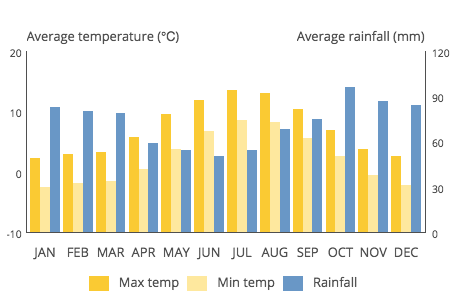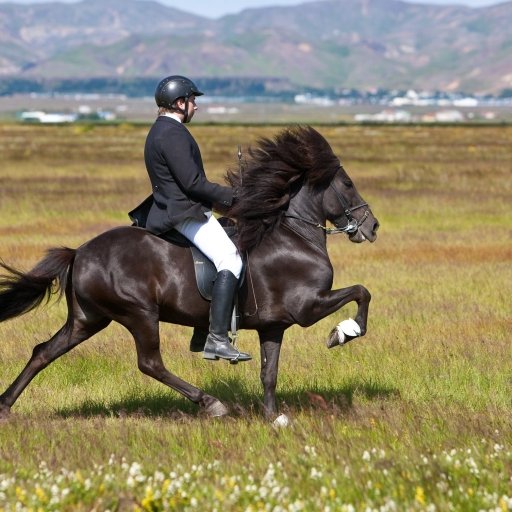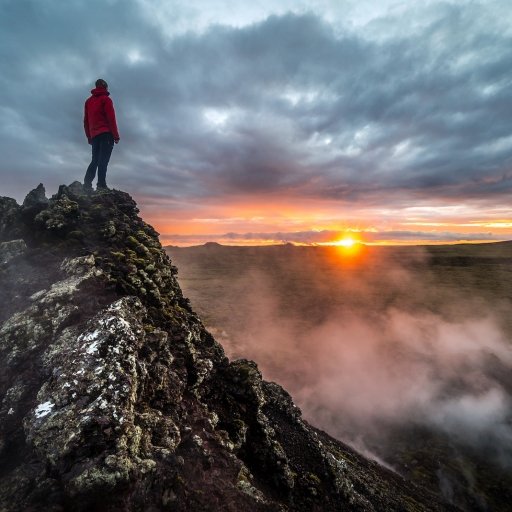Iceland.is
Weather in Iceland
In Iceland, the climate is dominated by two phenomena. The Gulf Stream creates normally refreshing summers and fairly mild winters
Anyway, the weather can also be affected by the East Greenland polar curving south-eastwards round the north and east coasts. It sometimes means the weather can change very suddenly.
Summer in Iceland
Warmed by the Gulf Stream, Iceland has a surprisingly temperate climate for its latitude. In summer, temperatures range between 10 and 25°C (50-77 F). Because of the notoriously fickle weather and strong winds, it is recommended to bring a hat just in case or bring or buy a traditional hand-knitted wool sweater.
Iceland’s is also well known related to the nearby Arctic Circle about the “white nights” due to the Midnight Sun in the summer months. This is a natural phenomenon in which the setting sun doesn’t fully dip below the horizon. Iceland experiences its peak daylight hours during the Summer Solstice in late June. Some travellers find it beneficial to bring sleeping masks during summer visits.
Most summer adventures and activities go out from Reykjavik and the capital area. Horse-riding, hot spring bathing, hiking, biking, and not to forget the most popular tours and adventure trips to Iceland's most renowned natural attractions.
Winter in Iceland
Comparable to New England, winter temperatures average at a mild 0 to -10 degrees Celsius (32 to 14 F). At the other extreme, the days are much shorter during winter, with only 4 or 5 hours of sunlight around the solstice in December. These fluctuations are even more extreme in the northern part of the country.
The famous Northern Light, also called Aurora Borealis, is a Must experience if you have the chance during the winter. They are mainly visible in the high northern latitudes, and these colourful dancing lights are caused by charged particles from solar flares colliding with the earth's atmosphere. The Northern Lights are only visible in the darkness of night with no cloud cover. The best months to get a view of the Northern Light are from October to April, but remember, there is no guarantee.
Icelanders are avid Christmas celebrators, and the Aurora Borealis, as mentioned, is remarkably vivid in winter. Most off-season visitors use Reykjavík as a home base and combine city culture and nightlife with activities such as horseback riding, snowmobiling, and visiting spas.
Roads in the hinterlands are closed from October to mid-May, and some don't open until early July. Precipitation increases in September, peaking from October through February, and frequent storms and driving rain are enough to dissuade many would-be winter adventurers.

Summer topics
Reykjavik
Midnight Sun in Reykjavik
Winter topics
Northern Lights in Reykjavik
















